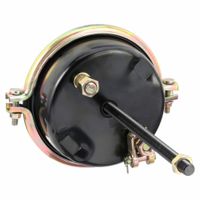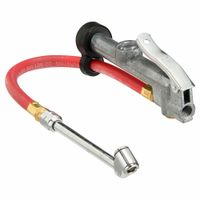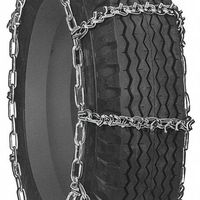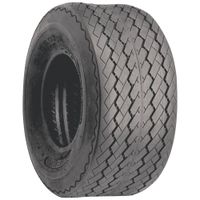- Home
- Fleet Vehicle Maintenance
- Tire Brake Maintenance
Tire & Brake Maintenance
Tire and brake maintenance products help repair and replace tires, wheel assemblies, brakes, and components. Tire repair products support inflation, patching tires, and maintaining valve assemblies. Tire and wheel performance products support tire traction, wheel balancing, lug nut maintenance, brak .....Read More
Frequently Asked Questions
1. How often should I check my tire pressure?
2. What are the signs that my brakes need to be replaced?
3. How do I patch a tire?
4. What is the best way to maintain tire traction?
5. How do I balance my wheels?
6. When should I replace my lug nuts?
7. How do I know if my brake pads are worn out?
8. What is the difference between air and hydraulic braking systems?
9. How do I choose the right tire for my vehicle?
10. What are the benefits of using tire sealant?



